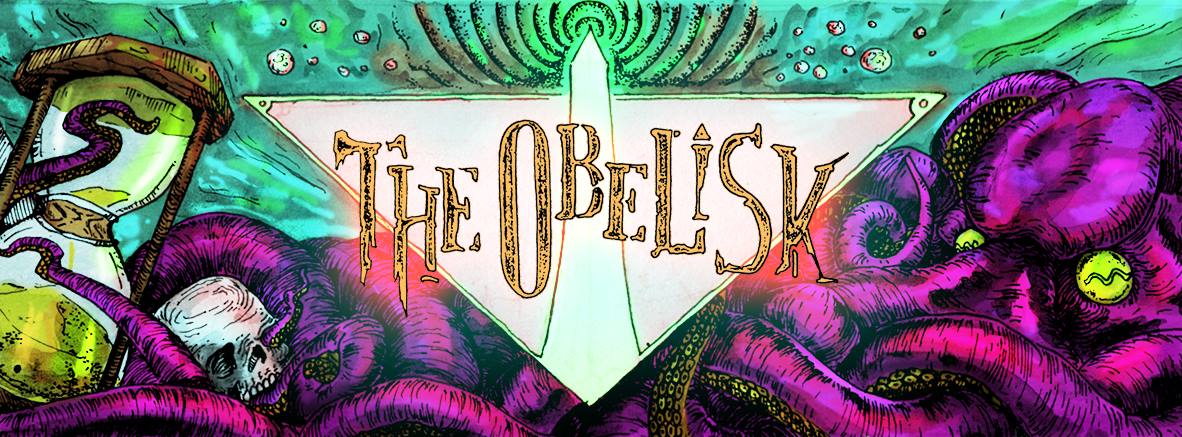Hull, Beyond the Lightless Sky: Earth From Water, Sky From Earth
Posted in Reviews on October 14th, 2011 by JJ Koczan I don’t usually do things this way, but because so much of what makes Hull’s second album for The End Records, Beyond the Lightless Sky, as ascendant as it is is how the Brooklyn triple-guitar five-piece have it organized, I feel it’s better to lay out the tracklist and runtimes up front rather than to go through the process of exploring each cut into the next and trying to mirror the experience of listening (at least that’s the theory behind it) in the review. Here they are:
I don’t usually do things this way, but because so much of what makes Hull’s second album for The End Records, Beyond the Lightless Sky, as ascendant as it is is how the Brooklyn triple-guitar five-piece have it organized, I feel it’s better to lay out the tracklist and runtimes up front rather than to go through the process of exploring each cut into the next and trying to mirror the experience of listening (at least that’s the theory behind it) in the review. Here they are:
1. Earth From Water (11:16)
2. Just a Trace of Early Dawn (5:02)
3. Beyond the Lightless Sky (6:50)
4. Curling Winds (2:36)
5. Fire Vein (9:40)
6. Wake the Heavens, Reveal the Sun (2:42)
7. False Priest (8:43)
8. A Light that Shone From Aside the Sea (3:12)
9. In Death, Truth (6:40)
Now, in looking at the list and listening through the narrative Beyond the Lightless Sky, which follows behind Hull’s 2009 The End debut, Sole Lord, and 2007 self-released Viking Funeral EP, the first thing one might notice is the disparate track times, and that gets to the very center of the album’s methodology. Everything under six minutes is instrumental, and with the exception of “Just a Trace of Early Dawn,” which is longer and a more substantive introduction to that side of the record’s personality, can be read as transitional material between the longer and more extreme (in a heavy metal sense) songs. With this album, Hull play post-metal ideology off post-rock ambience, and by that I mean they’re crushingly heavy in a cerebral sense – the drums of J. Stieber show immediate theory on “Earth From Water” and prove to be an excellent grounding force throughout – but given also to emotional stretches of guitar-led ambience, as on “Curling Winds” or the Pelican-esque “A Light that Shone From Aside the Sea.” Hull work so fluidly within these different but not necessarily clashing parameters that one is through the album’s 56:37 multiple times before the structure necessarily becomes apparent.
Helping that as well is that, as much as “Curling Winds,” “A Light that Shone From Aside the Sea” and the Neurosis-style tribal drumming of “Wake the Heavens, Reveal the Sun” — on which Jarboe (ex-Swans and current, well, Jarboe) offers distinct guest incantations and engineer Brett Romnes joins in the percussive pulse – are transitional leading from one longer piece to the next, they’re substantial in their own right, harnessing cloud-covered atmospheres to match Hull’s stated conceptual framework for Beyond the Lightless Sky, which tells the story of two ancient Mayan brothers, one who, “finds salvation amongst the stars and the wisdom of a stranger, while the other is mesmerized with the bloodthirsty belief of sacrifice and self-mutilation” (source). While they can’t necessarily match the likes of the title-track for intensity or the luminescent triumph of “Fire Vein,” they have their own progression, and particularly in the case of the last, underscore the strong interplay of guitarists A. Mack, C. M. Laietta V and N. Palmirotto (Hull are notoriously guarded when it comes to full names) leading into the rampant complexity of the closer. Beyond the Lightless Sky joins the ranks of strong 2011 releases from the likes of Rwake and Grayceon that affirm there’s more to be done in post-metal than aping Isis’ Panopticon. On their second album, Hull have come into their own and not only join the ranks of forward-thinking American metallers, but position themselves at the front of the pack with a few moments of unabashed, unashamed modern metal.
And of course there’s more to the appeal of Beyond the Lightless Sky than structural intricacies. The guitars are fairly compressed – one imagines that with three and such thunderous tones between them they have to be to achieve any clarity – and a Billy Anderson (Melvins, Eyehategod, Sleep, et al) mix puts a lot of emphasis on S.B. Dunn’s bass, which only makes the start-stop progression that agonizes during the final moments of the title-track all the more tense. Hull earns immediate kudos by starting with their longest song, and “Earth From Water” soon earns respect on a sonic level as well with a driving pummel and the multi-vocal tradeoff approach that typifies most of Beyond the Lightless Sky. That variety makes the record feel manic at times, and perhaps busier than Hull might have intended, but to coincide with the ebb and flow structure of the songs is an ebb and flow structure within them. Palmirotto, Laietta and Mack play off each other excellently for “Earth From Water” and across the rest of the album, coming together to amass a giant riff for the song’s instrumental chorus (also where Stieber first shines) as one soon takes flight for one of Beyond the Lightless Sky’s several landmark solos. It can be an overwhelming listening experience, but the real genius of the way its put together is that Hull, in effect, provide breathing room for each of their longer tracks.





